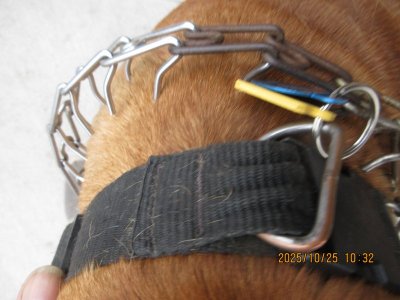They are miniscule pieces of plastic that end up in the bodies of everything living, apparently. They cross the blood-brain barrier. They have been found in every part of the human body, and in fish. They are not good for us.
Where do these tiny squiggly dangerous particles come from: using plastic, especially heated plastic and other sources, like fish and fabrics that are not made from natural fibers. Read the two articles below. My down and dirty knowledge dump is woefully insufficient.
Think before you act. My stepdaughter and I read volumes on the subject. Then we decided to make our kitchen microplastic free. Before we became broke switching every plastic to stainless steel with silicone lids and investing in wooden cutting boards, we took a minute. She is 51 and I am 69. We were alive during the Tupperware Age, which has lasted forever. We are already filled with microplastics.
As such, we stopped spending our way into poverty, and we use what we bought and are especially careful with her children, ages 13 and 21.
I figure that for me, what's done is done. More exposure to me isn't going to make a difference. Still, since I bought a lot of stainless steel, I use it. Have to - already tossed most of the plastic! Also, I made sure my dog was not exposed to microplastics. That was easy, since I used stainless steel bowls for my dogs.
Keep in mind that I have never been accused of being a scientist. I just muddle through. I mean, I just learned about how chickens get pregnant (biology). I am glad I am not a chicken.
PS You were better off at Trila, one word. Look how many I've used now!
Understanding microplastics: Exposure, health and prevention
Microplastics are everywhere and can harm human health, say experts | Harvard T.H. Chan School of Public Health











